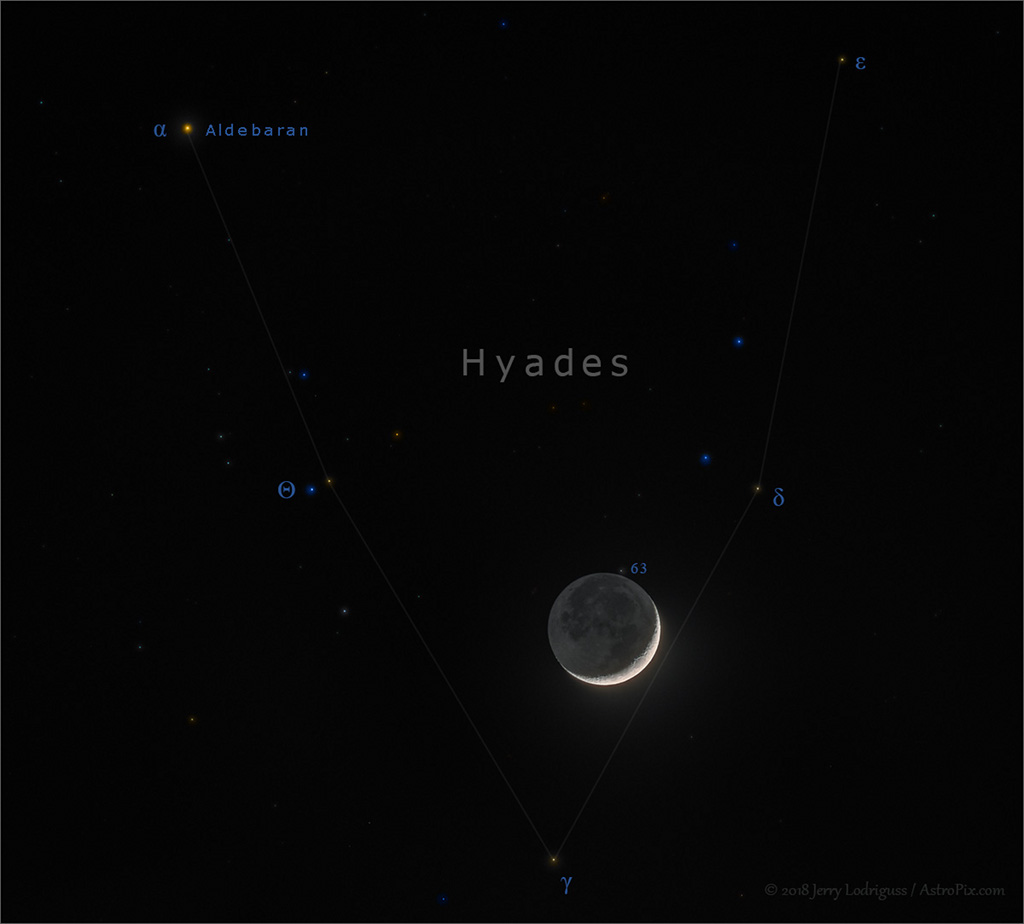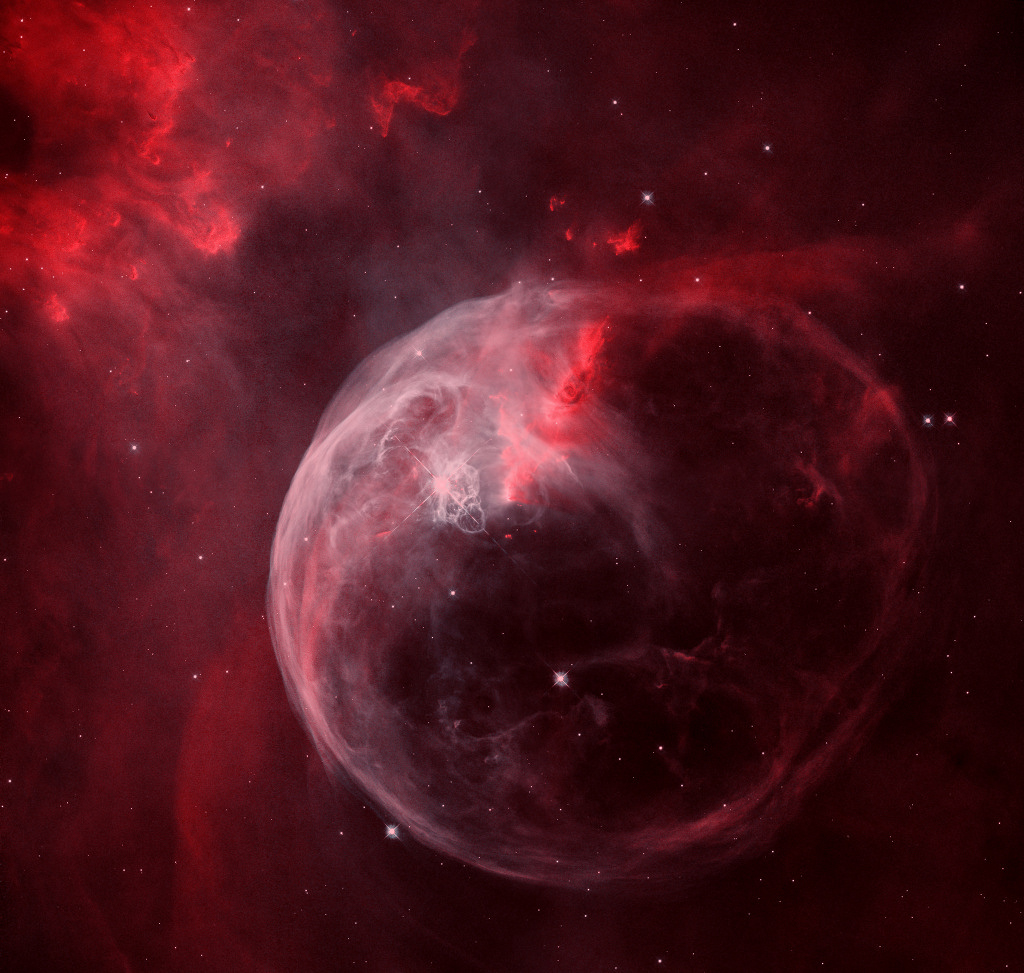Students from Coral Gables, Florida, and the Texas Gulf Coast will talk with astronauts aboard the International Space Station next week as part of NASA’s Year of Education on Station.
from NASA https://ift.tt/2F2tplN
via IFTTT![]()
Students from Coral Gables, Florida, and the Texas Gulf Coast will talk with astronauts aboard the International Space Station next week as part of NASA’s Year of Education on Station.
from NASA https://ift.tt/2F2tplN
via IFTTT![]()

The following are statements from Rep. Jim Bridenstine and acting NASA Administrator Robert Lightfoot on Thursday’s U.S. Senate confirmation of Bridenstine as the 13th Administrator for the National Aeronautics and Space Administration:
from NASA https://ift.tt/2HgovYb
via IFTTT![]()

NASA’s Transiting Exoplanet Survey Satellite (TESS) has launched on the first-of-its-kind mission to find worlds beyond our solar system, including some that could support life.
from NASA https://ift.tt/2HMAxG0
via IFTTT![]()
Media are invited to attend a news conference at NASA’s Glenn Research Center in Cleveland at 9:15 a.m. EDT Wednesday, May 2, to discuss a recent experiment to demonstrate a new nuclear reactor power system designed for space.
from NASA https://ift.tt/2HctcOS
via IFTTT![]()
NASA’s Transiting Exoplanet Survey Satellite (TESS) now is scheduled for launch today at 6:51 p.m. EDT Wednesday, April 18, on a SpaceX Falcon 9 rocket from Space Launch Complex 40 at Cape Canaveral Air Force Station in Florida.
from NASA https://ift.tt/2qLO1d0
via IFTTT![]()